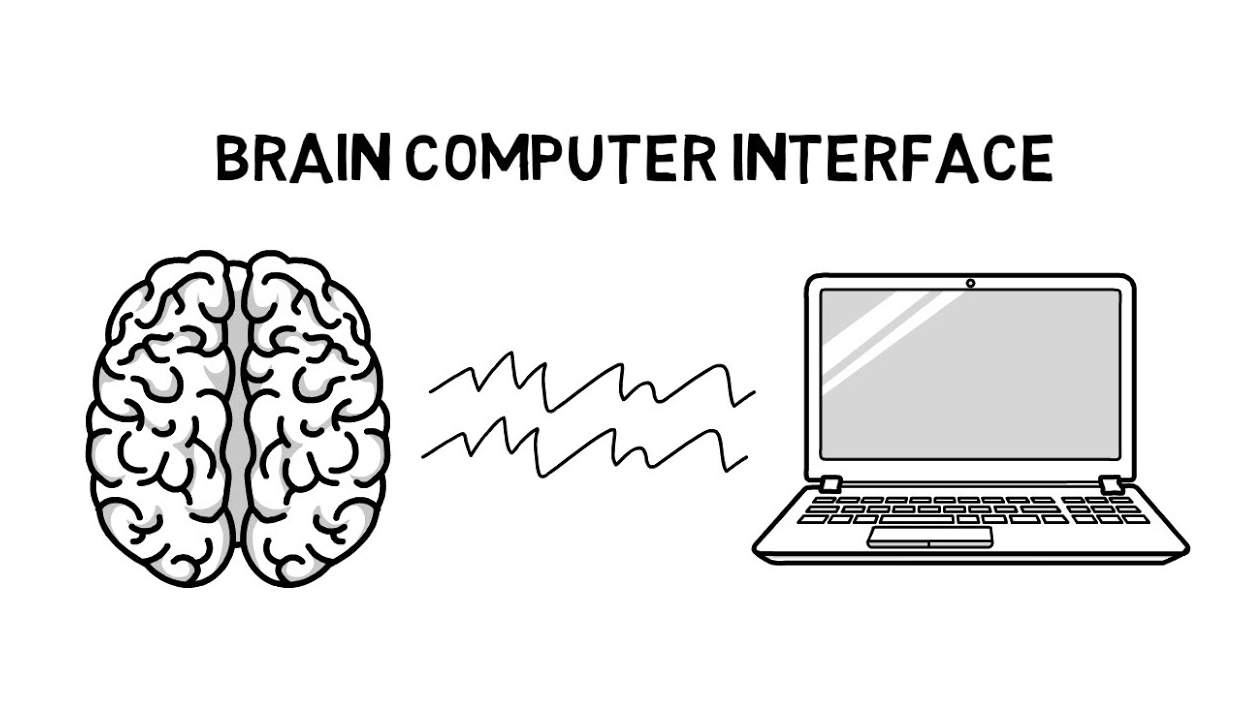 In recent years, Brain-Computer Interface (BCI) technology has become a hot topic in scientific research and innovation. By connecting the human brain with computers to enable two-way information exchange, this technology is reshaping the development landscape of healthcare, education, entertainment, and more. In the realm of assistive technology for individuals with low vision, BCI holds great promise. In the future, it may even stimulate skin sensory areas or the visual cortex, helping people with low vision to “see” visual information from the outside world.
In recent years, Brain-Computer Interface (BCI) technology has become a hot topic in scientific research and innovation. By connecting the human brain with computers to enable two-way information exchange, this technology is reshaping the development landscape of healthcare, education, entertainment, and more. In the realm of assistive technology for individuals with low vision, BCI holds great promise. In the future, it may even stimulate skin sensory areas or the visual cortex, helping people with low vision to “see” visual information from the outside world.
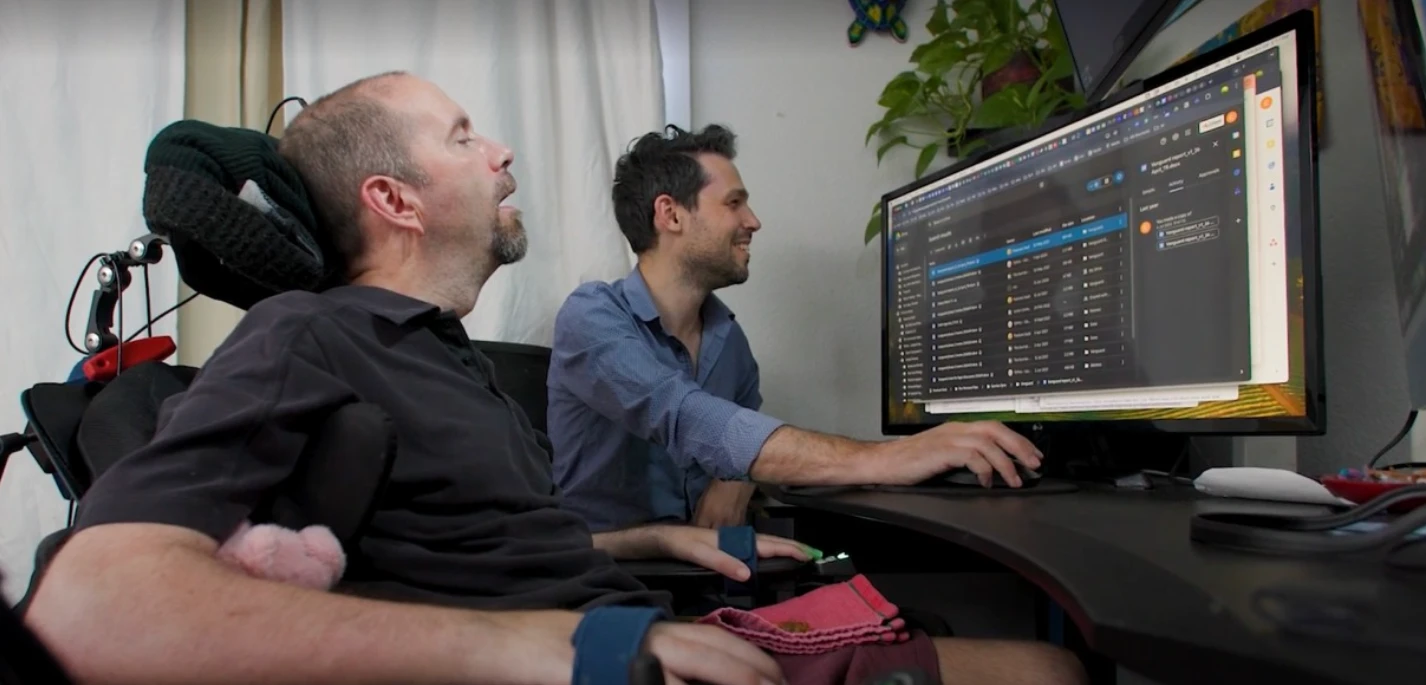
The new BCI system allowed Casey Harrell, a 45-year-old person with ALS, to communicate his intended speech effectively within minutes of activation. Photo provided by University of California Regents
What is Brain-Computer Interface Technology?
BCI is a technology that directly connects the brain with external devices to facilitate information exchange via brainwaves or other neural signals. There are three primary types of BCI:
- Invasive BCI: Electrodes are implanted into the brain through surgery, offering high accuracy but carrying significant risks.
- Non-invasive BCI: Brainwaves are collected through wearable devices, providing safer and more widely applicable solutions, albeit with slightly lower precision.
- Semi-invasive BCI: Electrodes are placed on the surface of the brain, balancing precision and safety.
BCI technology has been widely applied in medical rehabilitation, such as helping paralyzed patients regain motor functions. However, applications for low vision users are still in the early exploratory stages.
Challenges and Needs of People with Low Vision
Low vision individuals often face difficulties caused by damage to the retina, optic nerve, or brain’s visual processing areas, making traditional vision correction methods ineffective. Their primary challenges include:
- Difficulty Accessing Visual Information: Visual elements such as text and images are hard to discern.
- Lack of Independence: Daily tasks often require assistance, significantly impacting quality of life.
- Social Barriers: Reduced environmental and interpersonal visual perception can lead to isolation and anxiety.
Providing more effective vision-assistive devices is an urgent need.
Here is an expert interview from Neuralink about the current development of treatments for human functional disorders. Similarly, the team is also exploring how to apply these principles to enable blind or low-vision individuals to see the world through assistive devices.
How Can BCI Help People with Low Vision?
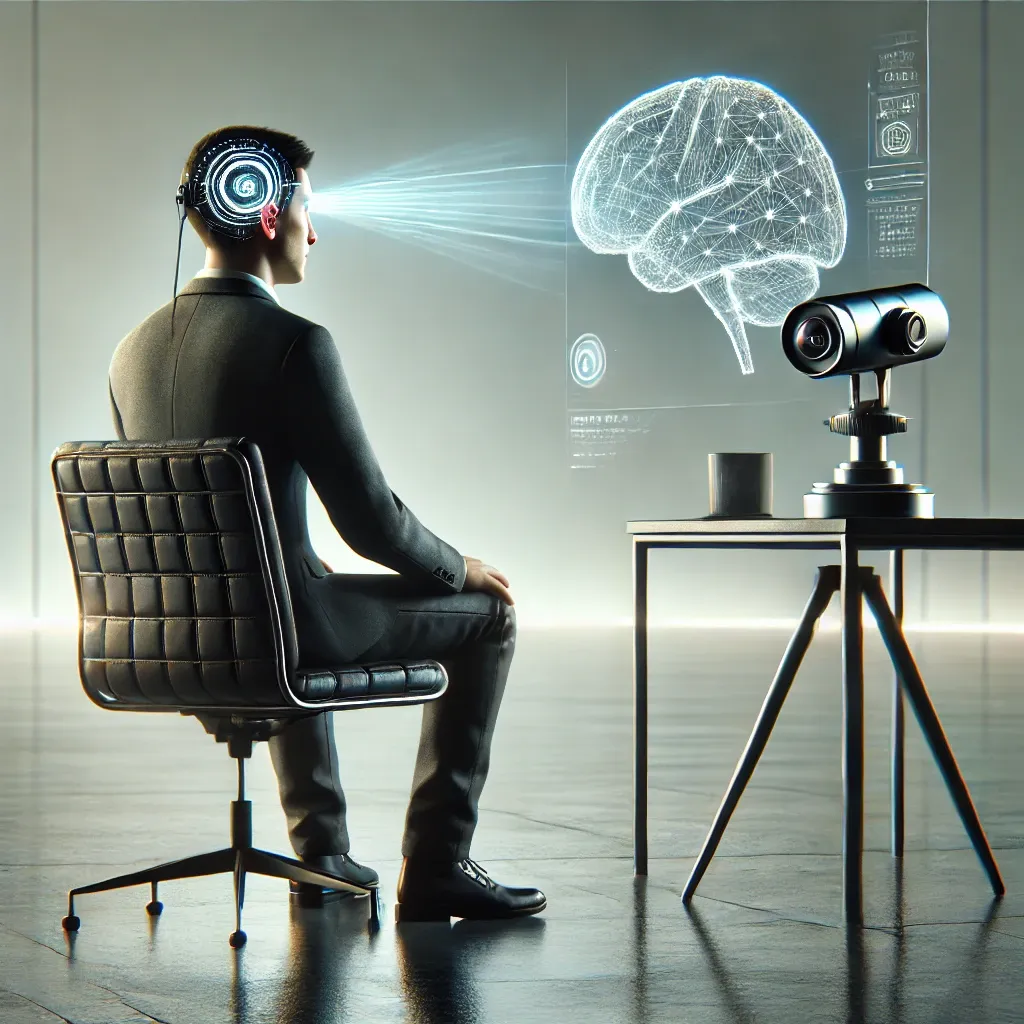 With technological advancements, BCI shows great potential as an innovative solution for assisting individuals with low vision. It can enable the transmission of visual information in two key ways:
With technological advancements, BCI shows great potential as an innovative solution for assisting individuals with low vision. It can enable the transmission of visual information in two key ways:
1. Stimulating Skin Sensory Areas
Visual information can be conveyed to the brain through non-traditional sensory pathways, such as:
- Using Touch to Replace Sight: Transforming visual information into tactile signals that the brain can interpret via skin sensory areas. Similar technologies are already being used in Braille readers and tactile feedback devices.
- Wearable Devices: Future wearable BCI devices may generate tactile signals directly on the skin, enabling low vision users to perceive objects’ shapes, sizes, and distances.
2. Stimulating the Visual Cortex
The visual cortex is the brain’s central hub for processing visual information. Direct stimulation of this area via BCI can bypass damaged eyes or optic nerves.
- Artificial Vision: BCI could transmit image signals captured by external cameras directly to the visual cortex, creating an experience akin to “seeing.”
- Neural Encoding Technology: By decoding the activity patterns of the visual cortex, scientists can develop personalized solutions tailored to the needs of different low vision users.
Current Research Progress
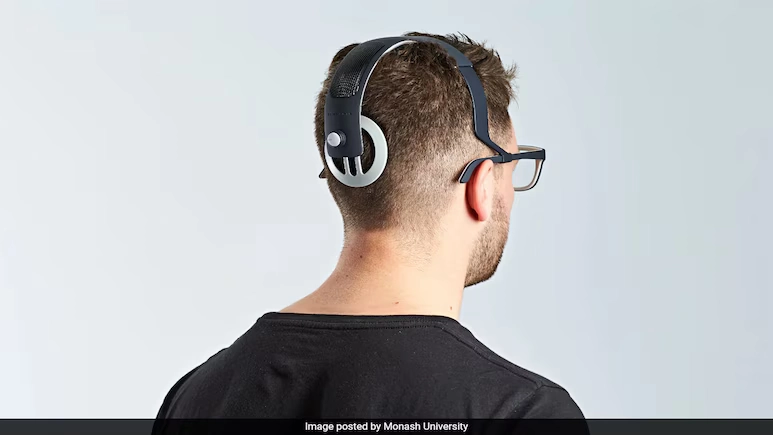
Many research institutions and companies are dedicated to applying BCI technology to assistive solutions for low vision individuals:
- Stanford University (USA): Researchers have developed devices to restore vision by stimulating the visual cortex, with promising results in animal trials.
- Neuralink: Elon Musk’s company focuses on BCI chips that may eventually aid low vision patients.
- Monash University (Australia): The team developed a wireless implantable BCI that successfully enabled subjects to perceive simple visual patterns.
Although these studies are in their early stages, they bring significant hope to people with low vision.
Challenges in Practical Applications
Despite the promising future, there are significant obstacles to the widespread application of BCI technology:
- Technological Maturity: Current devices lack sufficient precision and real-time capability.
- Ethical and Safety Concerns: Invasive BCI poses medical risks, while non-invasive solutions raise questions about privacy and data security.
- High Costs: Current BCI devices are expensive, limiting their accessibility.
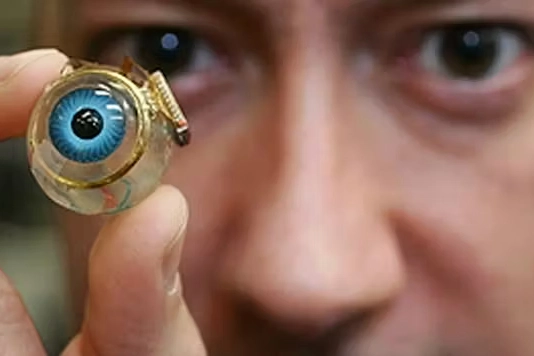
Regarding the other end of the brain-computer interface, which focuses on how to obtain visual information from the external world, there are two potential approaches depending on individual needs:
Creating an artificial eyeball: This involves developing an artificial eyeball that can be implanted into the eye socket and connected to the optic nerves, replacing the original human eye. The human body would rely on neural control to operate and move the artificial eye, mimicking the natural functionality of a real eyeball.
Placing the “eye” externally: This approach uses an external device, such as glasses or a camera, to capture visual information and relay it to the brain via the brain-computer interface.
From this perspective, the first approach necessitates integrating advanced medical procedures to replace the natural eye, which is closer to replicating the structure and function of a normal human eye. However, this method would require significantly more time to achieve. The second approach, utilizing external devices, could be implemented more quickly and efficiently.
Looking to the Future
BCI technology may transform the lives of people with low vision within the next few years:
- More Portable and Safe Devices: Lightweight, non-invasive BCI devices could lower the barriers to adoption.
- Personalized Assistance Solutions: AI and big data could optimize devices based on individual needs.
- Integration with Other Assistive Technologies: Combining BCI with devices like those from Zoomax could offer more comprehensive solutions.
Conclusion
BCI technology is paving the way for a new era in aiding individuals with low vision. By stimulating skin sensory areas or the visual cortex, future devices could help them “see” the world. While challenges remain, technological progress ensures a brighter future for low vision individuals. Devices from brands like Zoomax will continue to play a pivotal role in this field, delivering breakthroughs and helping users tackle life’s challenges. Perhaps one day, low vision will no longer be an obstacle.
If you want to read more practical articles on low-vision living, visit Zoomax or check out our ZoomaxUSA store for the latest products.
If you want to explore more practical articles on low-vision living, visit our Zoomax blog or check out our ZoomaxUSA store for the latest products.
FAQs
1. What is Brain-Computer Interface (BCI) technology?
Brain-Computer Interface (BCI) technology is a system that connects the human brain with external devices to enable two-way communication. It can use neural signals, like brainwaves, to send or receive information, with applications ranging from medical rehabilitation to assistive technologies for low vision individuals.
2. How can BCI help people with low vision?
BCI can assist people with low vision by transmitting visual information to the brain through alternative pathways. This includes stimulating skin sensory areas to convey tactile signals or directly stimulating the visual cortex to bypass damaged eyes or optic nerves.
3. What is the difference between invasive and non-invasive BCI?
Invasive BCI involves implanting electrodes into the brain for high-precision data transmission but carries surgical risks. Non-invasive BCI uses external devices like headsets to collect brain signals, offering safer and more accessible solutions with slightly lower accuracy.
4. Are there any successful examples of using BCI for visual assistance?
Yes, several research initiatives have made progress. For example, Stanford University and Monash University have developed systems to stimulate the visual cortex, enabling users to perceive simple visual patterns. These advancements provide hope for further developments in artificial vision for low vision individuals.
5. What are the challenges of using BCI for low vision solutions?
Key challenges include the technological maturity of devices, ethical and safety concerns, and high costs. Current BCI technology requires improvement in precision, real-time response, and affordability before it becomes widely accessible.
6. How does artificial vision through BCI work?
Artificial vision through BCI works by converting image data captured by external cameras into neural signals. These signals are then transmitted directly to the visual cortex, allowing users to perceive visual information without relying on the eyes or optic nerves.
7. What is the future of BCI technology for low vision individuals?
The future of BCI technology lies in the development of lightweight, portable, and affordable non-invasive devices, as well as personalized solutions that integrate with existing assistive technologies. These innovations aim to enhance the independence and quality of life for low vision users.
References:
Brown University. (2024, August 14). BCI breakthrough helps patients speak again. Retrieved January 23, 2025, from https://www.brown.edu/news/2024-08-14/bci-speak-again
NDTV. (2024, October 1). World’s first bionic eye developed to restore vision in blind people. Retrieved January 23, 2025, from https://www.ndtv.com/feature/worlds-first-bionic-eye-developed-to-restore-vision-in-blind-people-6690314

